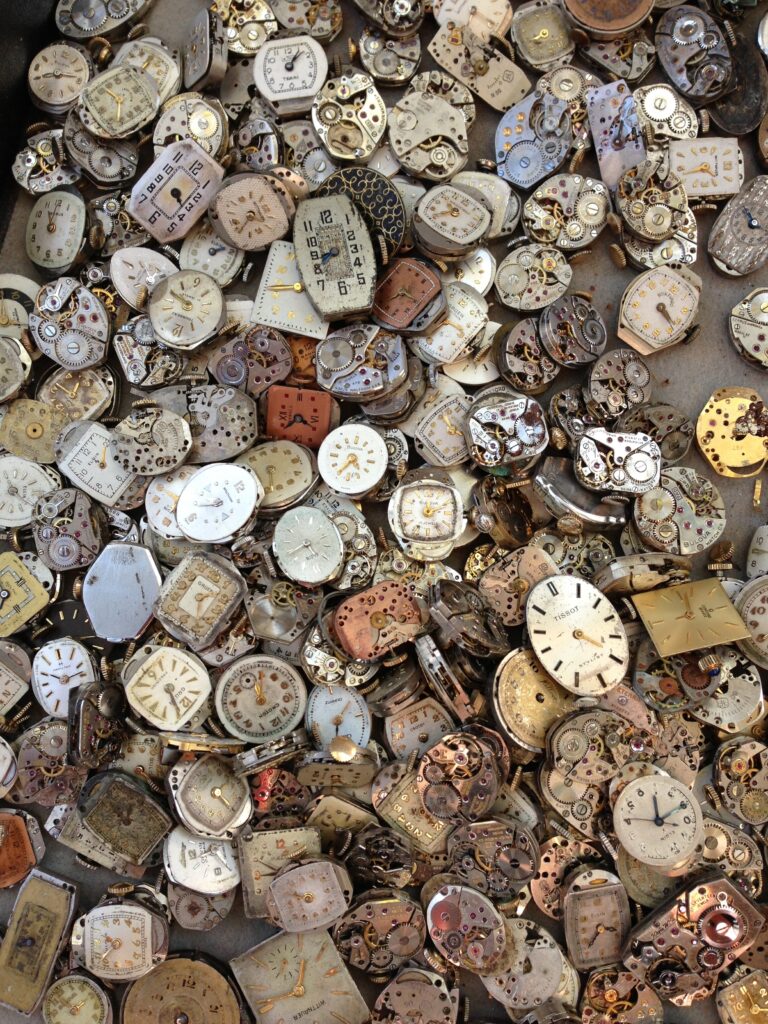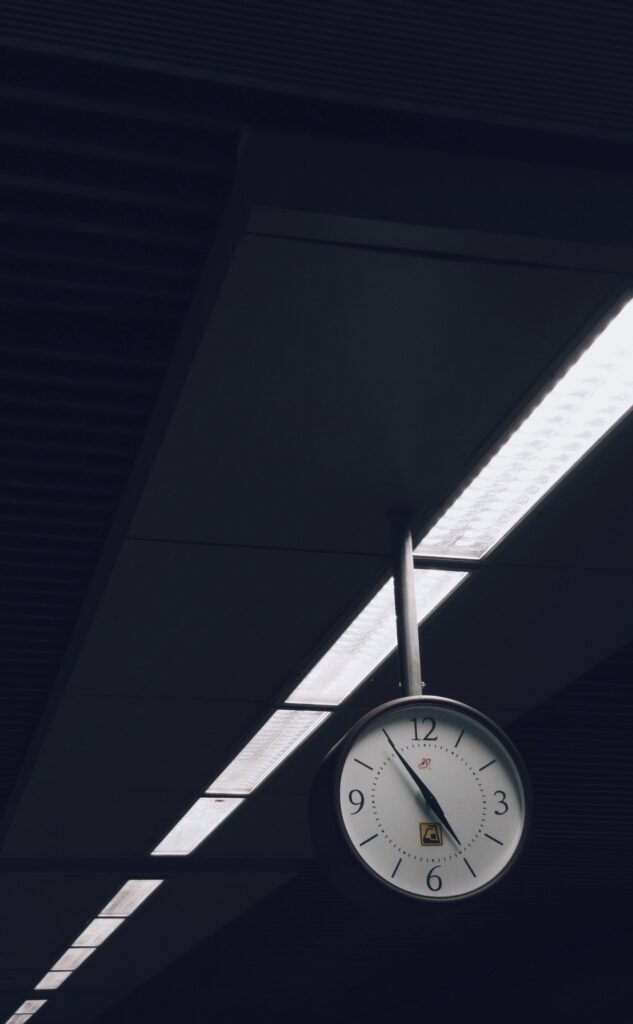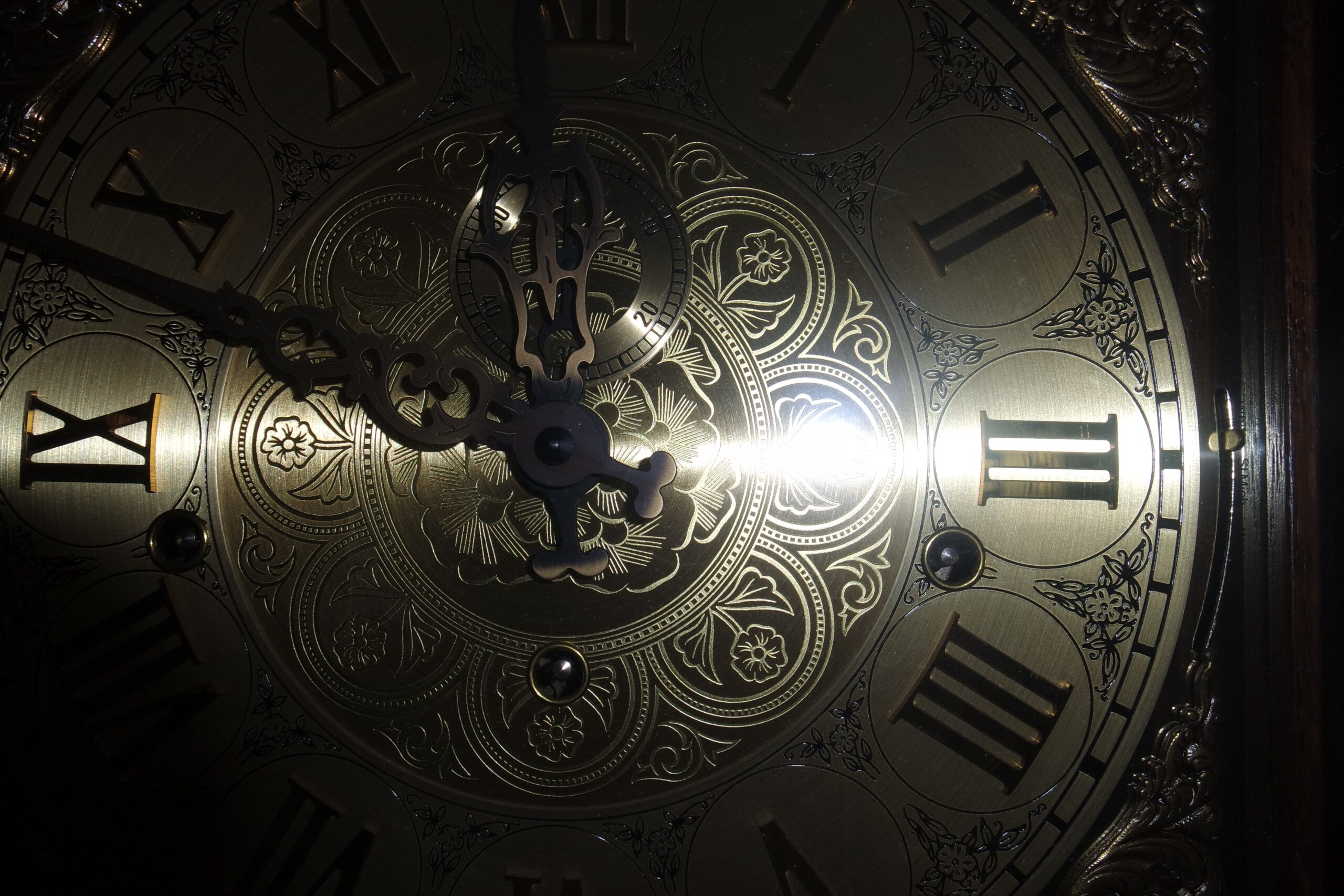Gouache paintings, known for their vibrant colors and rich textures, capture the attention of artists and enthusiasts alike. As an artist using this versatile medium, you may find yourself wondering about the longevity of your creations. How long do gouache paintings last? This article explores the durability of gouache paintings, shedding light on the factors that can influence their lifespan and providing insights on how to preserve and protect these captivating works of art. Whether you’re a professional artist looking to sell your gouache paintings or a hobbyist seeking to cherish your creations for years to come, understanding the lifespan of gouache paintings is crucial in maintaining their beauty and value.

This image is property of images.unsplash.com.
What is Gouache Paint?
Gouache paint is a versatile paint medium that combines the characteristics of both watercolor and acrylic paint. It is known for its opaque and matte finish, making it ideal for creating bold, vibrant, and highly detailed artworks. The word “gouache” is derived from the Italian word “guazzo,” meaning “mud,” which refers to the thick consistency of the paint. Gouache is typically composed of pigments, a binding agent, and water, creating a water-soluble paint that can be diluted with water for transparent washes or used straight from the tube for more solid and opaque applications.
Definition and Ingredients
Gouache paint consists of pigments, a binding agent, and water. The pigments provide the color in the paint and can be made from various sources such as minerals, plants, or synthetic materials. The binding agent, usually gum arabic, holds the pigment particles together and allows the paint to adhere to surfaces. Gouache paints also contain a larger quantity of pigment compared to watercolor paints, which contributes to their opacity. Additional additives may be included to enhance the texture, drying time, or flow of the paint.
Characteristics and Uses
Gouache paint has several distinctive characteristics that set it apart from other painting mediums. Its opaque nature allows for layering and covering mistakes, making it popular among illustrators and designers. It dries quickly, enabling artists to work faster and create multiple layers of color without waiting for each layer to dry. Gouache can be used on a variety of surfaces, including paper, canvas, and illustration board. It can be used for a wide range of applications, such as fine art, illustration, graphic design, and even decorative arts. Its ability to create both bold and delicate details makes it a favorite among artists seeking versatility and precision in their work.
Factors Affecting Gouache Paintings Longevity
Several factors can influence the longevity of gouache paintings. Understanding these factors is crucial in preserving and protecting artworks for future generations.
Quality of Materials
The quality of the materials used in creating the gouache painting plays a significant role in its longevity. High-quality pigments and binding agents are more resistant to fading and deterioration over time. Artists should select pigments that have good lightfastness ratings, indicating their ability to resist fading when exposed to light. Using archival-quality paper or canvas is also essential to ensure the artwork remains stable and durable.
Storage and Display Conditions
proper storage and display conditions are crucial in maintaining the longevity of gouache paintings. Artworks should be stored in a controlled environment with stable temperatures and humidity levels. Extreme temperature fluctuations and high humidity can cause the paint to crack, fade, or develop mold. Additionally, artworks should be stored away from direct sunlight, as prolonged exposure can cause fading and discoloration.
Exposure to Light
gouache paintings should be protected from excessive exposure to light, especially ultraviolet (UV) rays. UV rays can accelerate the deterioration of pigments and cause colors to fade over time. Displaying artworks behind UV-filtering glass or using museum-grade glazing can help mitigate the damaging effects of light exposure. It is also advisable to limit the duration of exhibition or display time to minimize the artwork’s exposure to light.
Humidity and Temperature
Maintaining a stable humidity and temperature level is crucial in preserving gouache paintings. High humidity can cause the paint to become tacky or develop mold, while low humidity can lead to the drying and cracking of the paint. Ideally, artworks should be stored in an environment with a relative humidity of around 45-55% and a temperature between 68-72 degrees Fahrenheit. Humidity and temperature monitoring devices can be used to ensure optimal conditions.
Handling and Protection
Proper handling and protection of gouache paintings are essential in preventing damage and ensuring their longevity. When handling artwork, it is advisable to wear gloves to avoid leaving fingerprints or oils on the surface. Artworks should be framed using acid-free and archival materials, including mats and backings. The use of framing techniques that allow the artwork to breathe, such as spacer systems, can prevent the build-up of moisture and the development of mold.
Average Lifespan of Gouache Paintings
The lifespan of gouache paintings can vary depending on various factors, including the quality of materials used, storage conditions, handling, and exposure to light.
Early Gouache Paintings
Gouache paintings created centuries ago have demonstrated remarkable longevity under proper preservation conditions. Many ancient manuscripts and illuminated artworks, which often employed gouache techniques, have survived for hundreds of years. However, the lifespan of early gouache paintings can be affected by the quality of materials used at the time and the preservation methods implemented throughout history.
Modern Gouache Paintings
With advancements in materials and conservation techniques, modern gouache paintings have the potential to last for an extended period. High-quality gouache paints and archival materials ensure the stability and durability of artworks. However, it is important to note that the lifespan of modern gouache paintings is still dependent on the care and preservation methods employed by artists, collectors, and institutions.
Preserving Gouache Paintings
Preserving gouache paintings is crucial for ensuring their longevity and maintaining their artistic value. Several conservation techniques and practices contribute to the preservation of these artworks.
Proper Conservation Techniques
Conservation techniques, such as proper cleaning, repairing damaged areas, and consolidating flaking paint, can help extend the lifespan of gouache paintings. Professional conservators have the expertise to assess and address specific conservation needs, ensuring that artworks are treated in a careful and precise manner. Regular conservation assessments and treatments can help prevent further deterioration and address any issues promptly.
Use of Archival Materials
Using archival-quality materials is essential in preserving gouache paintings. Acid-free and lignin-free paper or canvas should be used as a support for the artwork to prevent yellowing or deterioration over time. Acid-free adhesives and framing materials, such as mat boards and glazing, should also be utilized to create a protective barrier around the artwork.
Framing and Glazing
Framing plays a crucial role in protecting gouache paintings from physical damage and environmental factors. Artworks should be framed using acid-free and archival-quality materials, ensuring that the artwork is adequately supported and protected. The use of museum-grade glazing, which incorporates UV filtering, provides an additional layer of protection against light damage.
Avoidance of Direct Sunlight
Direct sunlight can be particularly damaging to gouache paintings, causing colors to fade and deteriorate. It is essential to avoid displaying artwork in areas where it is exposed to direct sunlight. If display in a sunlit area is unavoidable, employing UV-filtering glass or installing window coverings can help mitigate the damaging effects of sunlight.
Controlling Temperature and Humidity
Maintaining stable temperature and humidity levels can significantly contribute to the preservation of gouache paintings. Fluctuations in temperature and humidity can cause the paint to crack, warp, or develop mold. Utilizing climate-control systems or environmentally controlled display cases can help maintain optimal conditions for the artwork.
Regular Maintenance and Cleaning
Regular maintenance and cleaning of gouache paintings can help prevent the build-up of dirt, dust, and pollutants, which can contribute to deterioration over time. However, it is crucial to seek the expertise of professional conservators when it comes to cleaning artworks, as improper cleaning techniques can cause irreversible damage. Professional conservators have access to specialized cleaning agents and techniques that can safely remove surface dirt without compromising the integrity of the artwork.

This image is property of images.unsplash.com.
Gouache Paintings in Museums and Galleries
Gouache paintings hold a significant place in the collection of museums and galleries worldwide. The conservation efforts implemented by these institutions play a vital role in preserving and safeguarding gouache artworks for future generations.
Conservation Efforts
Museums and galleries employ professional conservators and curators who specialize in the preservation and conservation of artworks, including gouache paintings. These experts follow strict conservation standards and guidelines to ensure that artworks are properly handled, stored, and displayed. Conservation labs equipped with state-of-the-art facilities and technologies are often utilized to address specific conservation needs.
Exhibition and Loan Considerations
When exhibiting or loaning gouache paintings, museums and galleries consider various factors to protect the artworks. Light levels are carefully controlled to minimize damage from UV rays, and display cases or low-glare glass are utilized to provide additional protection. Artwork loan agreements often outline the specific conditions under which the artworks should be displayed and transported, ensuring their safety and preservation.
Restoration and Conservation of Gouache Paintings
Restoration and conservation techniques are employed when gouache paintings require repair or stabilization due to damage or aging. These techniques are aimed at preserving the original intent and appearance of the artwork while ensuring its stability and longevity.
Cleaning and Removing Surface Dirt
The cleaning process involves the careful removal of surface dirt, grime, and pollutants that may have accumulated on the artwork over time. Conservators utilize specialized cleaning agents and techniques that are safe for gouache paintings, preventing any damage to the paint layers.
Repairing Damaged Areas
If a gouache painting has areas of damage, such as tears, abrasions, or missing paint, professional conservators can repair and restore these areas using reversible conservation techniques. This may involve carefully matching colors and replicating the artist’s original technique to seamlessly integrate the restored areas with the rest of the artwork.
Consolidating Flaking or Cracking Paint
Gouache paintings can sometimes suffer from flaking or cracking of the paint layer. Conservators employ techniques to consolidate the loose paint, ensuring its stability and preventing further deterioration. This may involve the application of consolidants or adhesives under controlled conditions.
Removing Yellowing or Stained Varnish
Over time, the varnish applied to gouache paintings may yellow or become stained, affecting the appearance of the artwork. Professional conservators have the expertise to safely remove the varnish without disturbing the underlying paint layers, restoring the artwork’s original vibrancy and clarity.

This image is property of images.unsplash.com.
Case Studies of Long-Lasting Gouache Paintings
Several gouache paintings throughout history have demonstrated exceptional longevity, preserving their artistic and historical significance. These case studies highlight the possibilities of creating long-lasting gouache artworks.
Famous Gouache Paintings with Historical Significance
- “The Unicorn Tapestries” – These iconic medieval tapestries, displaying a blend of gouache and other textile dyes, have survived for over five centuries and are housed in The Cloisters of the Metropolitan Museum of Art in New York.
- Illuminated Manuscripts – Many illuminated manuscripts from the Middle Ages, which extensively employed gouache techniques, have endured for centuries, providing a glimpse into the artistic and cultural heritage of the time.
Contemporary Artists and Their Gouache Works
Contemporary artists continue to create gouache paintings that stand the test of time. These artists employ high-quality materials and conservation techniques to ensure the longevity of their artworks. Some notable contemporary gouache artists include:
- James Jean – Known for his intricate and highly detailed artworks, James Jean utilizes gouache to create captivating imagery that showcases the medium’s versatility and vibrant colors.
- Lisa Golightly – Lisa Golightly’s gouache paintings often depict nostalgic and dreamlike scenes, capturing a sense of wonder and emotion through the medium’s opaque and matte qualities.
Comparison with Other Painting Mediums
When considering the longevity of gouache paintings, it is helpful to compare their durability and stability with other painting mediums.
Oil Paintings
Oil paintings are known for their longevity, with many surviving for centuries. The use of oil as a binding agent provides a durable and flexible paint layer that can withstand various environmental conditions. However, oil paintings require longer drying times and may require more extensive conservation efforts compared to gouache paintings.
Acrylic Paintings
Acrylic paintings have gained popularity in recent years due to their quick drying time and versatility. While they can be long-lasting if properly cared for, the polymer-based nature of acrylic paints may make them more prone to cracking or fading over time compared to gouache or oil paintings.
Watercolor Paintings
Watercolor paintings, like gouache, are water-based and have a transparent quality. However, watercolors differ in that they are typically more delicate and may be susceptible to fading if not properly protected. Gouache, with its opaque nature, offers a greater degree of color persistence and can potentially last longer than watercolor.

Market Value and Collectibility of Gouache Paintings
The market value and collectibility of gouache paintings are influenced by various factors, including the artist’s reputation, the quality of the artwork, and market trends.
Factors Influencing Artwork Prices
The reputation and popularity of the artist play a significant role in determining the market value of gouache paintings. Additionally, the quality of the artwork, including its condition, historical significance, and artistic merit, can also influence its price. The rarity of the artwork, scarcity of the artist’s works, and demand from collectors can further drive up the value.
Famous Gouache Artists and Their Market Appeal
Gouache paintings by renowned artists such as Winsor McCay, René Gruau, or John Singer Sargent have a strong market appeal due to their historical significance and artistic prowess. These artists’ works are highly sought after by collectors and often command substantial prices at auctions and in the art market.
Collectors’ Preferences and Trends
Collectors’ preferences and trends can also affect the market value of gouache paintings. Emerging or contemporary artists experimenting with gouache may gain attention and attract collectors seeking innovative approaches to the medium. Additionally, changing tastes within the art market, such as a renewed interest in traditional techniques or a particular genre, can drive up the demand and value of gouache artworks.
Conclusion
Gouache paintings have the potential to last for an extended period when properly cared for and preserved. Understanding the factors that influence their longevity, such as the quality of materials, storage conditions, and exposure to light, is crucial in maintaining the artworks’ integrity. By employing conservation techniques, utilizing archival materials, and controlling environmental factors, gouache paintings can retain their vibrancy and significance for generations to come. Whether in museums, galleries, or private collections, gouache paintings continue to captivate viewers with their bold colors, intricate details, and unique aesthetic qualities.




